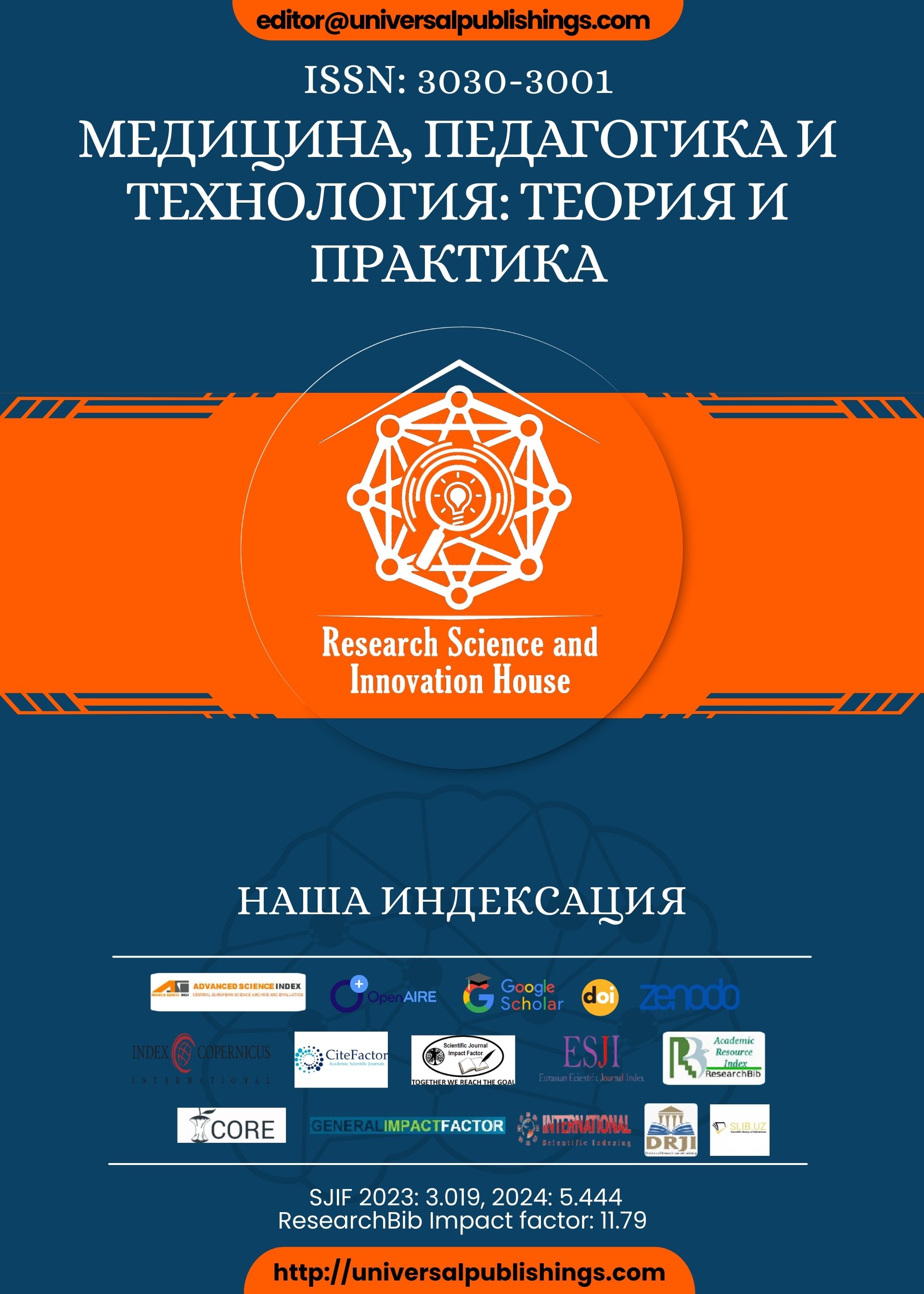Abstract
Biotexnologiya sohasida genetik ma'lumotni o'zgartirish qobiliyati ilmiy tadqiqotlar va tibbiyot yutuqlarini inqilob qildi. Genetik ma'lumotlarni o'z ichiga olgan ulkan ma'lumotlar bazalarining paydo bo'lishi bilan tadqiqotchilar endi genomlarni manipulyatsiya qilish va muhandislik qilish uchun kuchli vositalarga ega. Ushbu maqola genetik ma'lumotlar bazasidan genetik ma'lumotlarni o'zgartirish uchun foydalanishni o'rganadi va bunday ma'lumotlar bazalarining tibbiyot, qishloq xo'jaligi va atrof-muhitni muhofaza qilish kabi turli sohalardagi ahamiyatini ta'kidlaydi. Keng qamrovli adabiyotlarni o'rganish orqali genetik modifikatsiyada qo'llaniladigan metodologiyalar muhokama qilinadi, so'ngra kelajakdagi tadqiqotlar va ta'sirlar uchun takliflar beriladi. Maqola gen muhandisligi kelajagini shakllantirishda genetik ma'lumotlar bazalarining transformatsion salohiyatini ta'kidlash bilan yakunlanadi.
References
Doudna, J. A., & Charpentier, E. (2014). The new frontier of genome engineering with CRISPR-Cas9. Science, 346(6213), 1258096. doi:10.1126/science.1258096
National Center for Biotechnology Information (NCBI). (n.d.). GenBank. Retrieved from https://www.ncbi.nlm.nih.gov/genbank/
The Cancer Genome Atlas (TCGA). (n.d.). Retrieved from https://www.cancer.gov/about-nci/organization/ccg/research/structural-genomics/tcga
Gaj, T., Gersbach, C. A., & Barbas III, C. F. (2013). ZFN, TALEN, and CRISPR/Cas-based methods for genome engineering. Trends in Biotechnology, 31(7), 397-405. doi:10.1016/j.tibtech.2013.04.004
Kanchiswamy, C. N., Maffei, M. E., Malnoy, M., & Velasco, R. (2015). CRISPR/Cas9 genome editing: A promising technology for the improvement of crops. Journal of Agricultural and Food Chemistry, 63(44), 1838-1852. doi:10.1021/acs.jafc.5b01583
Waltz, E. (2016). Gene-edited CRISPR mushroom escapes US regulation. Nature, 532(7599), 293. doi:10.1038/nature.2016.19754
Lander, E. S. (2016). The heroes of CRISPR. Cell, 164(1-2), 18-28. doi:10.1016/j.cell.2015.12.041
Venter, J. C., Adams, M. D., Myers, E. W., Li, P. W., Mural, R. J., Sutton, G. G., ... & Smith, H. O. (2001). The sequence of the human genome. Science, 291(5507), 1304-1351. doi:10.1126/science.1058040
Lemaux, P. G. (2008). Genetically engineered plants and foods: A scientist’s analysis of the issues (Part I). Annual Review of Plant Biology, 59, 771-812. doi:10.1146/annurev.arplant.59.032607.092738
Jinek, M., Chylinski, K., Fonfara, I., Hauer, M., Doudna, J. A., & Charpentier, E. (2012). A programmable dual-RNA–guided DNA endonuclease in adaptive bacterial immunity. Science, 337(6096), 816-821. doi:10.1126/science.1225829

